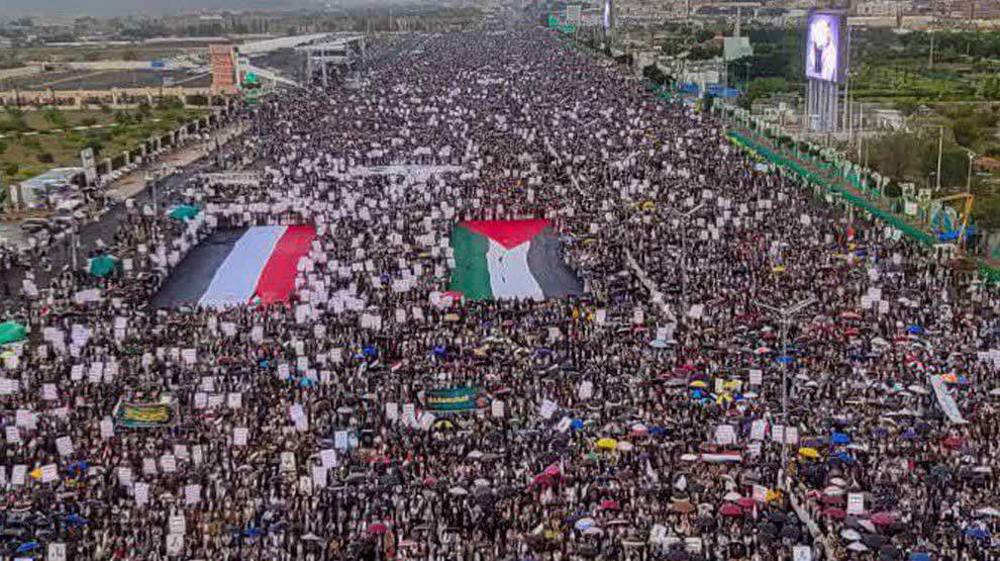8 million people affected by Nepal quake: UN
The United Nations says more than eight million people, including one million children, have been affected by the deadly 7.8-magnitude earthquake in Nepal.
The UN said in a Tuesday report that more than 1.4 million of quake-affected people are in dire need of food, while water and shelter.
This as the death toll from the country’s earthquake has risen to 4,310.
Laxmi Prasad Dhakal, the spokesman for Nepal’s Home Ministry, said on Tuesday that more than 7,953 people were injured in the quake.
Nearly 100 people have lost their lives in neighboring states.
Nepal’s Prime Minister Sushil Koirala has warned that that the number victims of the earthquake could reach 10,000.
Meanwhile, experts say the massive 7.8-magnitude earthquake that recently killed more than 4,300 people in Nepal has moved the ground beneath the capital, Kathmandu, by up to several meters south.
University of Cambridge tectonics expert James Jackson said Tuesday that early seismological data obtained from sound waves show that the quake may have shifted the earth beneath Kathmandu about three meters (10 feet) southward.
Sandy Steacy, the head of the department of the physical sciences at the University of Adelaide, also said Jackson’s analysis is likely to be true.
“It’s likely that the earthquake occurred on the Himalayan Thrust fault, a plate boundary that separates the northern moving Indian sub-continent from Eurasia,” he said.
“The fault dips about 10 degrees to the north-northeast. The relative movement across the fault zone was on the order of three meters at its greatest, just north of Kathmandu,” said Steacy.

The expert, however, stressed that the devastating Saturday quake did not alter the height of Mount Everest.
Mark Allen, from the Department of Earth Sciences at the University of Durham in Britain, also said that the quake pushed southwards the rocks on top of the fault.
He added that the move led to an overall shortening of the Earth’s crust in the region.
“It would be simplistic to say that Kathmandu was relocated by three meters,” he said, however.

The magnitude 7.8 quake, with its epicenter outside Kathmandu, was the country’s deadliest disaster in more than 80 years.
Kathmandu district chief administrator Ek Narayan Aryal said, “There have been nearly 100 earthquakes and aftershocks, which is making rescue work difficult.”
The worst recorded earthquake in Nepal struck in 1934 with a magnitude of 8.3 on the Richter scale. It killed over 8,500 people and ruined the cities of Kathmandu, Bhaktapur and Patan.
DB/HJL/HMV
April 25: ‘Axis of Resistance’ operations against Israeli occupation
Hezbollah hits Israeli military sites near border with rockets, drones
Rwandans strike back at UK's 'ethically questionable' deportation bill
US troops begin construction of controversial pier off Gaza
Israel ‘spoofs’ GPS signals, endangering flight safety amid Gaza war: Report
Iran urges Security Council to address 'belligerent' Israeli atrocities
VIDEO | Leader meets workers on Labor Week
French police called in to break up US-style pro-Palestinian student demo









 This makes it easy to access the Press TV website
This makes it easy to access the Press TV website